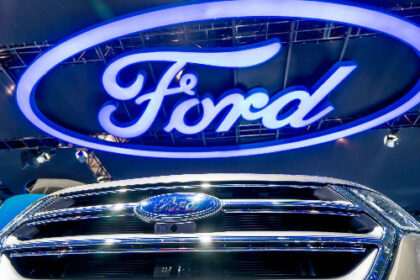Apple is bracing for $1.1 billion in tariff-related costs for the July-to-September quarter, marking a notable increase from the $800 million incurred during the previous quarter. CEO Tim Cook shared the update during Apple’s Q3 2025 earnings call on Thursday, noting that these projections are based on current tariff rates and trade policies, and could ultimately come in lower than expected, as they did last quarter.
In Q2 2025, Apple initially estimated $900 million in tariff costs but only spent $800 million, thanks to more favourable outcomes than anticipated.
Most of Apple’s tariff burden stems from regulations under the International Emergency Economic Powers Act (IEEPA). As part of a still-active trade agreement between the U.S. and China, a 30% tariff on Chinese imports remains in place until at least August 12, down from earlier reciprocal tariffs of up to 125%.
Though Apple’s strong iPhone sales in Q3 2025, which rose 13% year-over-year, generating $44.5 billion in revenue, have sparked speculation that tariff fears may have accelerated consumer purchases, Cook downplayed this effect.
“The iPhone 16 family grew double digits compared to last year’s iPhone 15,” Cook said. “We set an upgrade record and I believe that’s because of the strength of the product.”
Apple’s total quarterly revenue reached $94 billion, with iPhone sales contributing nearly half. Still, the ongoing impact of tariffs remains significant and may shape Apple’s supply chain strategy going forward.
Today, most Apple devices are manufactured in China, India, and Vietnam. Nearly 50% of iPhones sold in the U.S. are now produced in India, while Macs, iPads, and Apple Watches bound for U.S. markets are largely assembled in Vietnam. However, these countries are not exempt from tariffs: Indian-made iPhones face a 25% tariff, while products from Vietnam are hit with 20%.
Former President Donald Trump previously criticized Apple’s supply chain shift toward India, threatening a 25% tariff if iPhone production did not return to the U.S.
Despite these pressures, Cook reaffirmed Apple’s long-term commitment to American investment. On the call, he noted Apple’s $500 billion U.S. investment plan over the next four years, which includes ramping up chip and semiconductor production domestically.







